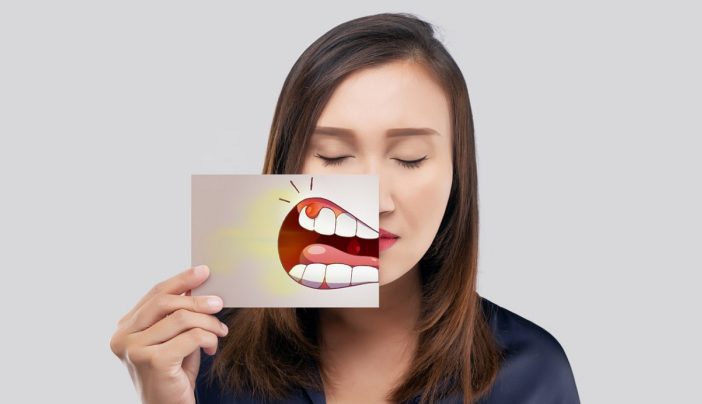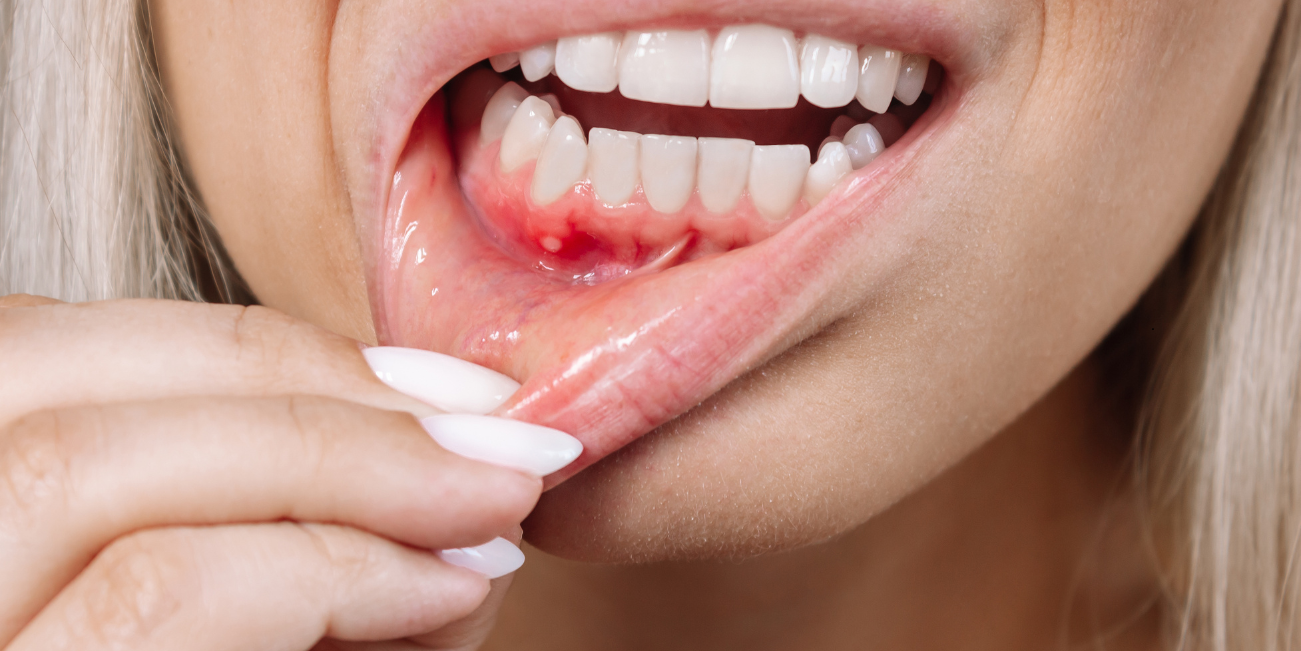Yeast infection discharge in females is typically thick, clumpy, and white, which resembles cottage cheese. It has a yeasty odor, much like beer or fermented bread. But some women report that their yeast-infected vaginal discharge has a sweet honey-like smell. Still, a few claim odorless discharge and hints of yellow, green, gray, and brown in their secretions. So it’s a fact that the color, odor, and consistency of the vaginal discharge contaminated with Candida can vary from person to person. Though it’s rare, it’s still possible.
But why do such variations appear? Factors determining such deviations include pregnancy, menstruation, underlying medical problems, comorbid infections, medication use, and sexual activity. To help you know all about yeast infection discharge in different conditions and life stages of a female, I’ve compiled this mastermind guide for you. Let’s explore the nuances of candidiasis together, providing you with valuable insights so you can quickly identify and manage your condition effectively.
But Why Is It So Important To Know?
Why are all people talking about vaginal yeast infections? Why are teens investigating “What does yeast infection discharge look like”? It’s because Candida is ubiquitous; the infection occurs almost everywhere, affecting millions worldwide. In the USA, vaginal yeast infections are the second most common type of genital infection, next to bacterial vaginosis.
About 75 out of 100 women get vulvovaginal candidiasis once in their lifetime, and it’s no surprise that 20% of them have Candida in their vagina without any symptoms. Moreover, around 25000 females contract invasive candidiasis in the US annually due to improper diagnosis and inaccurate antifungal treatment, which is, in fact, a life-threatening condition.
Therefore, it’s essential to know what a normal vaginal discharge looks like, and it’s so important to comprehend how your vaginal fluids vary in appearance following a yeast infection. Also, you should learn to identify the sound changes in your vaginal discharge during and after yeast infection treatment. Just dig in here and get all your queries answered.
What Does Yeast Infection Discharge Look Like?
When a female gets infected with the yeast Candida, her vaginal discharge tends to become thicker and clumpier. Mild to moderate yeast infections don’t make the secretions chunkier; they are only slightly thick, odorless, and translucent to white in hue. However, severe candidiasis causes the vaginal discharge to become lumpier, resembling cottage cheese, and has a more yeasty odor.
Such changes in yeast infection discharge are always accompanied by irritation, itching, and inflammation of the genitalia. Some also experience a burning sensation when urinating and pain after sex. Moreover, people with vaginas bear additional consequences and more severe outcomes of yeast infection if they are pregnant or have other medical problems. So here is what you have been waiting for- What does yeast infection discharge look like in different people?

Factors I Included; When A Female:
- Is a Virgin Teen
- Has Sexual Experience
- Is Pregnant
- Has PCOS
- Has HIV
- On a Hormonal Therapy
- STDs
Is A Virgin Teen
It’s a fact that a virgin teen can contract a yeast infection since it is not an STI (sexually transmitted infection). The possible reasons can be unhygienic practices, wiping from back to front, wearing silk or non-cotton underwear, wearing sanitary pads or tampons for longer than 4 hours, sharing menstrual cups with friends, or putting on damp/wet clothes/swimsuits.
So when a teen has a yeast infection, her vaginal discharge becomes thick and sticky. It is typically white, resembling cottage cheese. More often, it is odorless or has a mild yeasty smell. At the initial stages, the yeast infection is relatively easy to treat with home remedies and OTC antifungals that can be topical or oral. If left untreated, it may become challenging to manage or lead to invasive candidiasis. Moreover, improper treatment can cause recurrent yeast infections.
As a virgin teen, spotting and light bleeding are the least likely risks yet have no direct correlation to Candida infection. However, a teenage girl with a yeast infection may notice fresh to old blood tints in her vaginal discharge just before or at the end of menstruation. Therefore, it’s best to consult a physician if you are unsure about the diagnosis and want to satisfy yourself with a prescribed treatment.
Has Sexual Experience
When a girl with a yeast infection has sex, her vaginal discharge becomes slightly thinner or watery at the intimate moment, which may get thickened later. It happens because of the increased vaginal secretions during sex. The color of secretion varies from white to pale yellow. However, if a virgin with yeast infection has her first sex, she may notice fresh blood tints in the discharge, which is not a one-size-fits-all indication. Surprisingly, the odor of yeast-infected vaginal discharge after sex differs slightly from normal yet should not be foul-smelling.
Light bleeding to spotting may occur due to friction or forceful penetration. However, if heavy bleeding occurs or persists for a long, it’s advisable to seek medical assistance ASAP. Remember that yeast infection can make sex painful and discomforting. Also, you may transfer candida to your sexual partner. Note that after a few hours of sex, yeast infection discharge may become thick white or chunky like usual, and you may experience more itching and irritation.
Also Read: How Long To Wait For Sex After Yeast Infection Treatment
Is Menstruating
When a woman is menstruating, the typical yeast infection discharge, which is thick and white, gets mixed with the period blood, altering its texture, appearance, and consistency. Also, it becomes challenging to smell a yeasty odor because of the strong odor of blood. So if you get a yeast infection during periods, self-diagnosing the condition is difficult. Therefore, if you experience itching or burning sensation down there while menstruating, consult a doctor.
Well, it’s not a worry until the infection is mild because period blood can flush most of the itchy vaginal discharge and yeast cells. Also, a high pH in the vaginal tract can aid in reducing yeast infection. But remember that menstruation cannot completely eradicate candidiasis, mainly if it’s moderate to severe. So that’s why you must complete your antifungal treatment regimen and don’t forget to maintain hygiene (changing pads and tampons after every 4 hours and avoiding feminine hygiene products).
Is Pregnant
Yeast infections are the most frequent and recurrent in pregnant females, particularly during the second and third trimesters. It happens because of the elevated estrogen levels throughout pregnancy that disrupt the normal chemical balance of the vagina. Also, pregnant women have high sugar levels in their body fluids which serve as food for yeast leading to its overgrowth. So when a pregnant woman gets candidiasis, her yeast infection discharge increases in amount; mainly, the secretions are thin and water-like.
Typically, the thin yeast-infected secretions are white to translucent. However, some may notice hints of green or yellow (which is not a must-have indication). Still, a few report that their vaginal discharge resembles cottage cheese with a yeasty odor, but the smell of yeast infection discharge may vary from person to person, depending on the hormonal changes in the body. Bleeding or spotting is not likely to occur during pregnancy. If it happens, it’s a medical emergency and should always be evaluated by a healthcare professional.
Furthermore, it’s best to consult a physician to treat your yeast infection because many oral and topical antifungals are not safe during pregnancy. Usually, doctors prescribe antifungal vaginal creams and suppositories such as Terconazole and Monistat. Initially, after starting the treatment, you may feel the symptoms subside. However, always complete the treatment regimen because the infection takes up to two weeks to clear.
Has PCOS
A female with polycystic ovarian syndrome (PCOS) is at high risk of yeast infections. The possible reasons can be hormonal imbalance, impaired immune system, high glycemic levels, or medication use (antibiotics or oral contraceptives). All these possibilities are directly linked to disrupting the normal balance of vaginal flora, leading to candida infections. So when a woman with PCOS contracts a vaginal yeast infection, her discharge varies in texture and appearance, depending on the hormonal changes.
Usually, the secretions are white to yellow or have greenish hints. The odor of the yeast infection discharge is slightly different than usual. However, it should not be pungent or excessively foul-smelling. Light bleeding to spotting has no direct relation with yeast infection in a female with PCOS unless she has penetrative sex. If bleeding occurs without sexual activity, confer a consultant to diagnose the underlying medical problem.
Has HIV
When a female has HIV, she is at increased risk of acquiring STIs and infection, including candidiasis. The only reason is the compromised or weakened immune system. So the yeast infection discharge of a female with HIV undergoes many changes in consistency and appearance that vary widely, depending on the comorbid infections and diseases.
Typically, it is white to yellow, green, or gray in color with a pungent and excessively unpleasant smell. Light bleeding to spotting may occur due to multiple infections and aggravated symptoms. Seek medical attention immediately when you notice symptoms of such infections.
On A Hormonal Therapy
Hormonal imbalances and therapies can increase the risk of yeast infection in females. When such a woman contracts vaginal candidiasis, her yeast infection discharge undergoes apparent changes in color, odor, and consistency. It is said that texture varies from person to person, depending on the hormonal therapy. Usually, the discharge is white to greenish-yellow with a moderately unpleasant smell. You should seek medical help to treat your yeast infection with hormonal therapy to avoid drug-drug and drug-disease interactions.
STDs
When a female is already suffering from a sexually transmitted infection that is associated with increased vaginal secretions, foul odor, and itching, it becomes difficult to diagnose candidiasis. If such symptoms do not subside with STD treatment, seek assistance from a healthcare professional because you may have candidiasis or bacterial vaginosis. (the difference between the vaginal discharge in BV and yeast infection is described below).
Yeast infection discharge in such females varies in consistency, depending on the comorbid diseases or infection. It is typically white to yellow or grayish green with a strong unpleasant odor. Moreover, light bleeding to spotting may occur due to an STD (chlamydia or gonorrhea) that gets mixed with the discharge altering its appearance. If such bleeding persists for a long, seek medical help ASAP.
What Does Yeast Infection Discharge Look Like During Treatment?
When taking antifungal treatment for candidiasis, your yeast infection discharge is expected to reduce in amount and become less abundant than before. It begins to become less thick and translucent. Also, the characteristic yeasty odor starts to neutralize. However, the response to the medications depends on the severity of the infection, treatment regimen, and body physiology (which varies from person to person). If you notice that your symptoms are not mitigating the way they should, following the treatment, consult your doctor.
What Does Yeast Infection Discharge Look Like After Treatment?
Once you complete your antifungal treatment of vaginal yeast infection, your discharge normalizes and is no longer excessive. It returns to its normal consistency, which is thin watery, to slightly cloudy. Also, you may notice no offensive odor in your secretions except the normal vaginal scent. The color of your discharge also tends to become white to off-white or translucent.
What Does Yeast Infection Discharge Look Like If Untreated?
When you don’t treat your infection, its symptoms aggravate. Your vaginal discharge will become thicker and clumpier, and it will adhere to the inner lining of your vagina. Moreover, it will have a strong, foul-smelling odor. Also, the infection will become challenging to eradicate. So once diagnosed, treat it appropriately.
Difference: Vaginal Discharge In BV Vs. Candidiasis
| Characteristics | Bacterial vaginosis (BV) | Yeast infection (Vaginal Candidiasis) |
| Consistency | Thin, watery, and frothy | Thick and clumpy |
| Color | White to grayish white or yellowish gray | White-like cottage cheese (may have hints of yellow, green, and gray) |
| Odor | Fishy and pungent | Yeasty like bread or beer and less intense |
| Associated Symptoms (itching and irritation) | Less | More |
FAQs
How Do I Know If My Discharge Is Yeast Infected?
Typical signs and symptoms are thick white vaginal discharge with a yeasty odor and swelling, redness, irritation, and itching of the genitalia.
How Do I Fix A Yeast Infection Discharge?
You can fix mild to moderate candidiasis with OTC antifungal topical creams, ointments, and suppositories. Your doctor may prescribe oral antifungals in case of severe, recurrent, or invasive yeast infections.
What Causes Vaginal Yeast Infection?
Any factor (such as a weakened immune system, unhygienic practice, pregnancy, antibiotic use, and hormonal therapy) that can disrupt the normal chemical balance of the vagina and trigger Candida overgrowth and cause this infection.
Do Yeast Infections Clear On Their Own?
Mild yeast infections clear up on their own if you hydrate your body and maintain hygiene. However, getting medical treatment is best since microbes can become resistant over time.
What Happens If A Yeast Infection Is Left Untreated?
If you leave your infection untreated, the symptoms may worsen, leading to complications and recurrence. Treat it ASAP to avoid any inconvenience.
Key Takeaways
A yeast infection discharge is typically thick white and clumpy, resembling cottage cheese. It has a yeasty odor, much like beer and bread. Some patients report thin watery vaginal secretions that are odorless. Still, others notice distinctive features. Read this insightful blog and learn how to identify vaginal discharge in candidiasis and other conditions. Know what your secretions should look like during and after yeast infection treatment. I hope my blog will answer all your queries regarding yeast infection discharge. Anyhow, leave comments if you have any questions.













